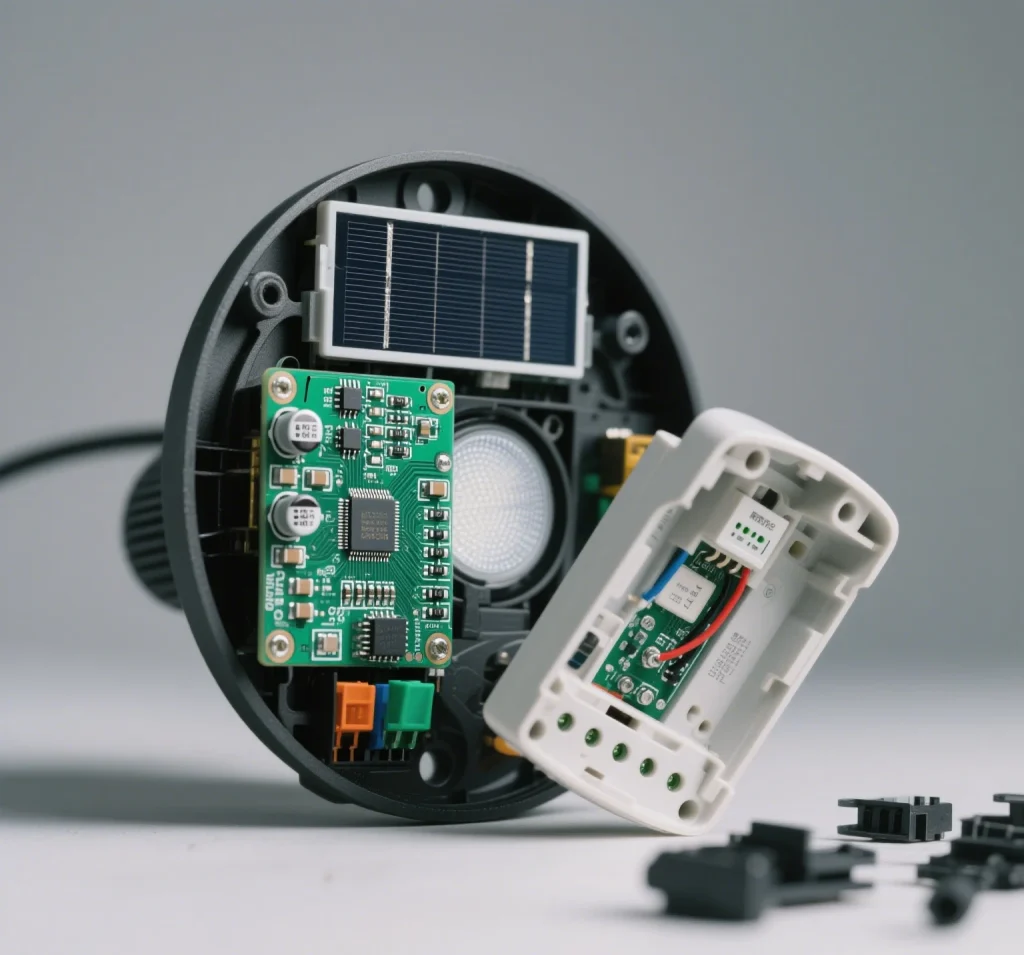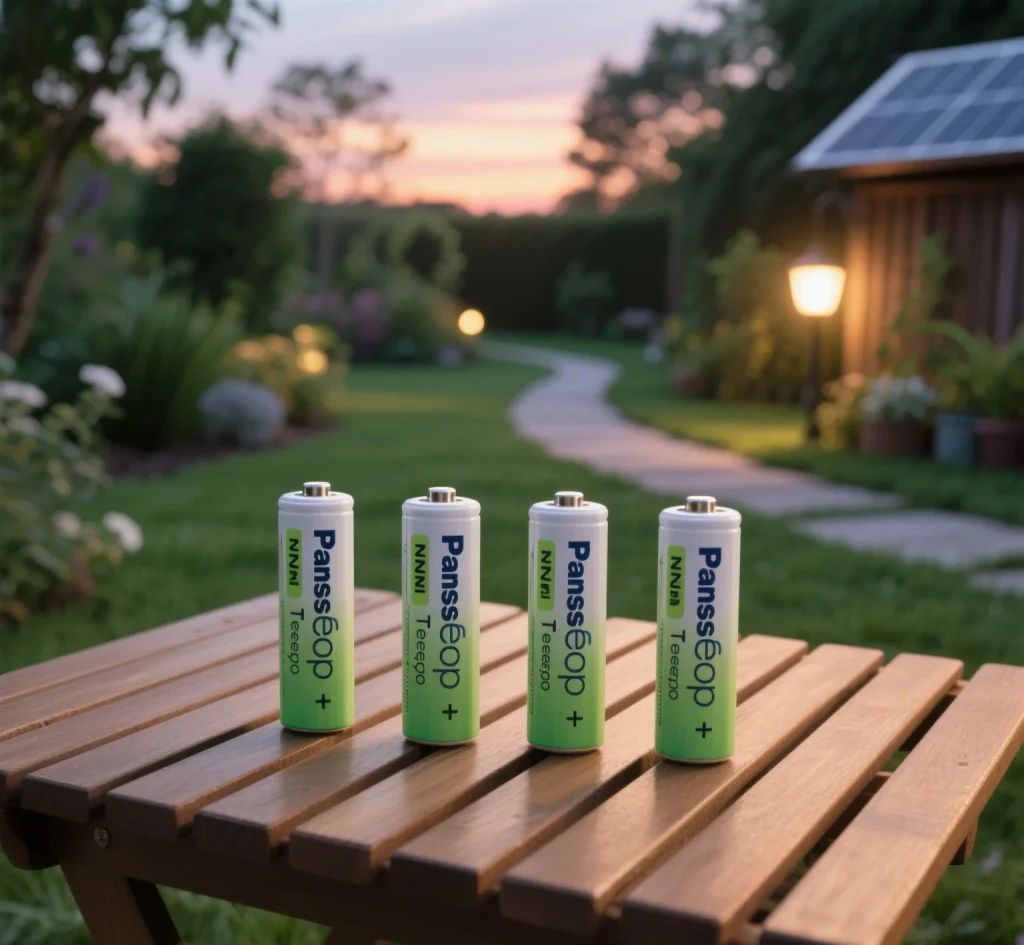In backyards, garden paths, or patios, solar garden lights, with their eco-friendly and energy-saving features, are an ideal choice for illuminating the night. These lights rely on sunlight, converting the solar energy absorbed by panels during the day into electricity stored in batteries to provide soft lighting at night. However, to ensure stable operation and extend their lifespan, various protection modes are essential. So, what protection modes do solar garden lights have?

Uniform Voltage Control
After a full charge, the charge-discharge controller allows the battery to “rest” for a period. At the end of charging, the battery voltage is elevated and needs time to naturally stabilize. Once the voltage drops to a specific value, uniform charging is initiated. This mode is particularly important for lights used in diverse climates, such as in high summer heat or regions with significant day-night temperature differences. Uniform charging helps prevent battery performance degradation due to extreme conditions. However, the duration of uniform charging must be strictly controlled, as overly prolonged charging can cause irreversible damage to the battery.
Over-Discharge Protection Termination Voltage
During discharge, the battery in solar garden lights has a strict voltage limit and must not fall below the designated discharge termination voltage, which is critical for ensuring the battery’s lifespan. Typically, the discharge protection voltage for a 12-volt battery is adjusted with temperature compensation. For instance, in cold regions, low temperatures can reduce battery performance, requiring corresponding adjustments to the protection voltage. Additionally, precise corrections are made to address potential zero-point drift in the circuit, ensuring the stability of the entire system and preventing battery damage due to over-discharge from excessively low voltage.

Direct Charge Protection Voltage
When the battery voltage is low, the system uses high current or voltage for rapid charging to quickly restore the battery’s capacity. The direct charge protection voltage, also known as the overcharge protection voltage, plays a critical role in limiting this process. In areas with abundant sunlight, solar garden lights charge frequently. Without a properly set direct charge protection voltage, the battery could overheat, swell, or even explode due to overcharging. Therefore, once the battery voltage reaches or exceeds the direct charge protection voltage during charging, the system immediately stops charging to safeguard the battery’s safety and performance.
In addition to the above protection modes, solar garden lights may also feature waterproof and moisture-proof protection to handle frequent rainy weather; over-temperature protection to prevent malfunctions due to high summer heat; and lightning protection to shield the light’s circuitry from damage during thunderstorm-prone seasons. These protection modes work together to ensure that solar garden lights operate stably and efficiently in various environments, continuously adding warm and charming light to your garden nights.


Leave a Reply